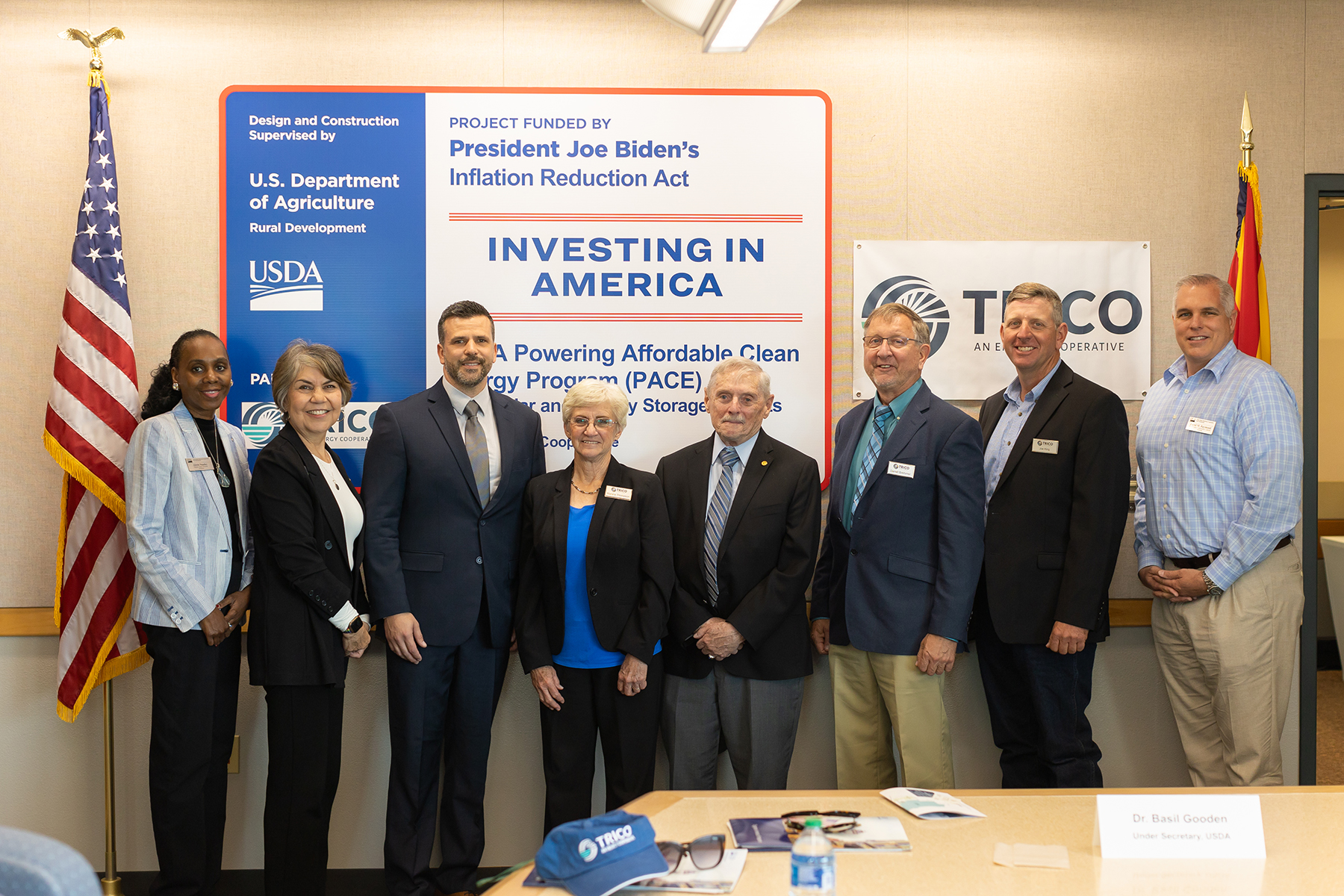CEO Column: Fire Mitigation 2024
Trico secures $700,000 grant for fire mitigation and grid resilience
July 1, 2024
Trico has received a significant boost in its effort to enhance fire mitigation and grid resilience on Mt. Lemmon, thanks to a recent $700,000 grant awarded by a federal infrastructure funding program. The grant, part of the Department of Energy’s (DOE) Grid Resilience Innovation Partnership (GRIP) program, will support Trico’s initiatives aimed at bolstering the region’s wildfire prevention measures and ensuring the reliability of its power grid infrastructure.
The award comes as part of a larger consortium bid led by the National Rural Electric Cooperative Association (NRECA) and involves 39 electric co-ops from across the country. There were about 700 applicants for GRIP funding and less than 10% of projects were selected. The consortium’s projects will accelerate the completion of high-priority wildfire mitigation projects at co-ops nationwide, with Trico being among the beneficiaries.
Trico has identified the Mt. Lemmon area as a high-hazard zone for wildfires, with three significant fires occurring in the last 20 years alone. The devastating impact of the Bighorn Fire in 2020, caused by a lightning strike, prompted Trico to take proactive measures to mitigate future wildfire risks in the region.
Trico will allocate the grant funds towards fire mitigation work, right-of-way clearing, and the installation of fire-resistant wrapping on power poles across Mt. Lemmon. These efforts, combined with continued vegetation management and maintenance, aim to reduce the likelihood of wildfire ignition and mitigate the risk of damage from all wildfires.
Moreover, the enhanced resilience of Trico’s power grid infrastructure will ensure reliability service to key communications assets, including radio, television, and communications towers, that serve Tucson and Southern Arizona. The project’s scope also extends to protecting the Members, homes, and businesses served by Trico, as well as preserving the valuable natural environment on Mt. Lemmon.
This ongoing effort underscores Trico’s commitment to balancing the preservation of the natural environment with ensuring reliable electricity supply to its Members. Trico’s engagement with the community underscores its dedication to fostering a culture of preparedness and collaboration. Trico recently hosted a Summer Preparedness Town Hall on June 15, 2024, at the Mt. Lemmon Community Center. The event provided an opportunity for community members to discuss fire risk mitigation strategies and receive updates on Trico’s initiatives to enhance wildfire resilience in the region.
The GRIP grant will benefit Mt. Lemmon and it is also an example of how Trico works hard to find innovative ways to contain costs (grants, low-interest loans, forgivable loans, etc.). These savings provide benefits to all Members. Trico is committed to ensuring the reliability of power supply while safeguarding our community and, as always, we are dedicated to serving you, our Members.


 SmartHub Log-in
SmartHub Log-in





